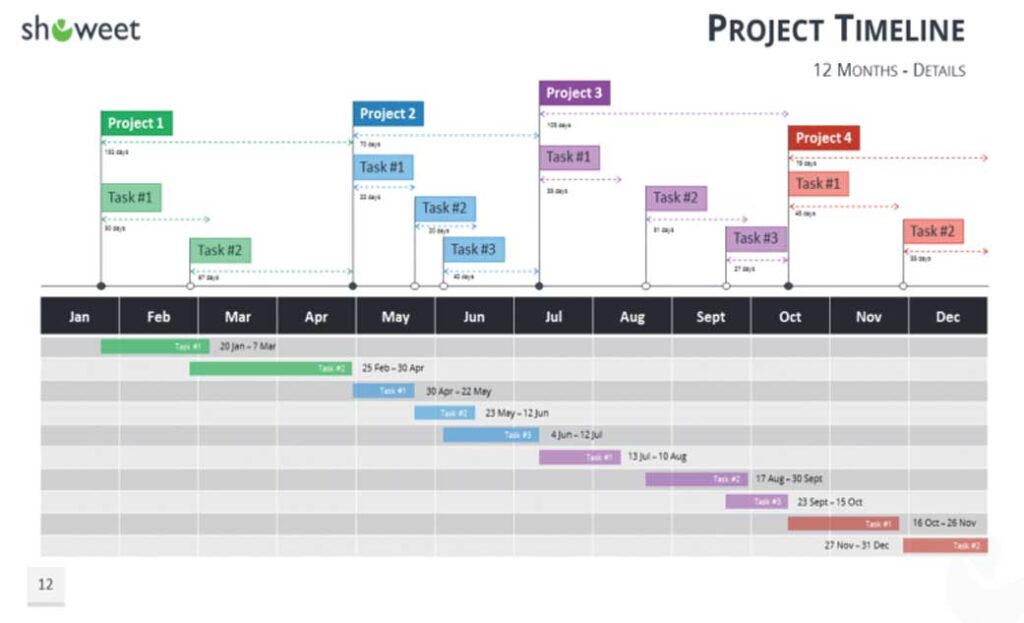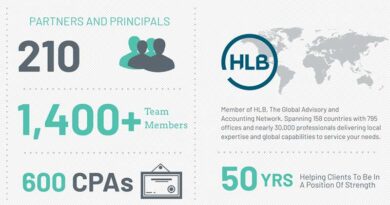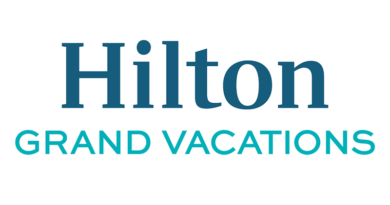Resort renovation planning tips: DO Plan – DON’T wing it!
Now is the time to plan for 2022-2023 capital improvements! The disruption in the hospitality industry from COVID has caused us all to adapt in the last year, requiring us to modify spending and reassess priorities. It is time to do the same thing again. Get prepared for your Q4 Board Meeting by re-evaluating your resources, your needs, and your plan to increase the value of your resort in the eyes of your owners and guests.
Plan, Plan and Plan again – Don’t Wing It!
EVALUATE YOUR RESOURCES
What are you working with? After an atypical year, what are your Reserves looking like? Do you have more or less to work with than you anticipated? Equip yourself with a clear picture of what your assets are, so you can manage the expectations of all those involved as you move forward.
Who is on your team? There needs to be one leader to manage the entire process. This can be an in-house project manager like the Facilities Director or the General Manager. If the expertise or time commitment is not available, then outsource it. We suggest the Architect if your plans include multi-disciplines such as Structural, Mechanical, Electrical, Plumbing, or Landscape Architects. If your needs are only related to soft and hard goods or finishes, we recommend an Interior Designer.
Create a team early to assist in establishing a “Needs Assessment” and prioritizing the Scope of Work.
PREPARE A NEEDS ASSESSMENT
Getting a handle on your “must-haves” and your “wants” by area is an essential task in preparing a Scope of Work. This requires data collection from surveys, guest comment cards, HOA meetings, and interviews with housekeeping, maintenance, and management. Be sure to engage your Sales and Marketing team as they understand the competition and what is important to the buyer. This complex document will need to be developed in sections by area: site upgrades, lobby, food and beverage areas, public spaces, corridors, guestrooms, outside amenities, etc.
Focus on the “Guest Experience” not just the obvious to-do items. Pay close attention to the path of travel, review how the guest arrives, and moves through the resort to reach their unit. What is that experience like? Is the property consistent in delivering the brand promise? Remember the interior of the unit is not the full spectrum of the guest experience.
PRICING AND PLANNING
Use your Needs Assessment to prepare a preliminary budget by the areas you established in the assessment. Be sure to include maintenance items: roof, drainage, generators, fire, and life safety items. Include Hard and Soft costs. Hard costs are sticks and bricks. Soft costs are professional fees, agency fees, extra personnel, insurance, software. Have your team of professionals weigh in on the budget and refine it. Even the most thorough plan will be met with the unexpected, so prepare for it with a 10% contingency.

Next, prepare a Project Schedule. We always advise starting the planning process 12-18 months or longer depending on the full Scope of Work before the first deliverable result is expected. Leave yourself plenty of time. A rushed job seldom comes together properly. Take into account Design time, HOA approvals, Model Units & Mockups, Construction Documents, Bidding and Permitting, Construction, and FFE installation. Be aware of approval processes and lead times, everything is taking longer post-Covid – unfortunately.
Organized and deliberate attention to the resort’s ambiance and maintenance proves wise in the long run for attracting and developing the right owners and guests. Guests and owners want to buy and stay where they feel they have invested and received value. Keeping your standards high both in ambiance and maintenance will keep your owners confident and happy; happy owners pay their maintenance fees!
COMMUNICATION
Working with a team of management and design professionals can be overwhelming, but success will lie in how well everyone communicates. The best practice is to have regular team meetings with an agenda, tracking progress, documenting decisions and deadlines in writing. Keeping everyone in the loop helps manage misunderstandings, unmet expectations, budget concerns and helps the process run smoother. Communicate with your owners before, during, and after about the renovation plans. Mitigate problems in advance like noise, dust, area closures, and parking. Be prepared to make accommodations with that one unhappy owner – it will happen. Use all methods of communication to stay on top of the process and progress, maybe set up a special Facebook page, folks like to see progress photos. Lastly, absolutely get professional photography to show off your completed project.
Get organized, make a plan and stick to it! Do not WING it.
Margit Whitlock is Principal and Creative Director for Architecture and Interior Design at Architectural Concepts Inc., a San Diego, CA-based Architectural and Interior Design Firm specializing in hospitality design. Ms. Whitlock is an accomplished speaker with engagements at multiple ARDA conventions, HD Boutique show as well as being frequently published in magazines such as Developments, Resort Trades, Hotel Business, Hiatus, Vacation Industry Review, and Resort Management and Operations.



